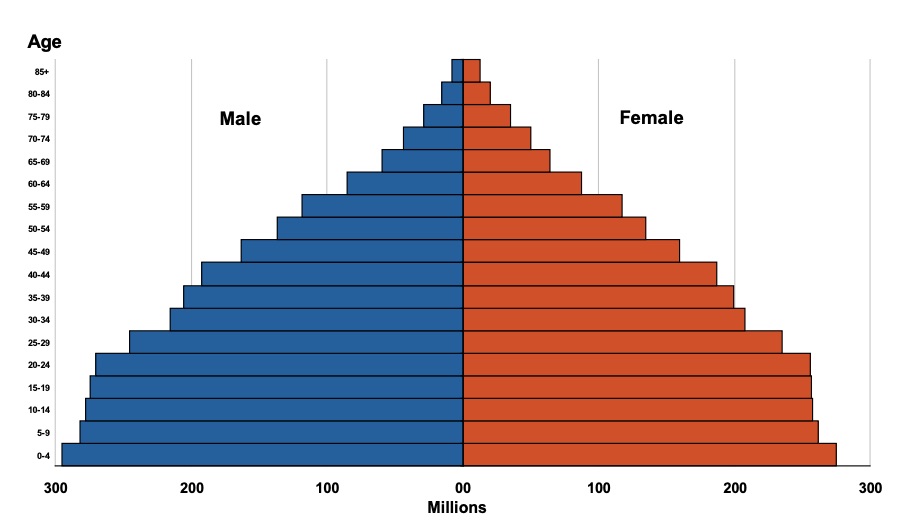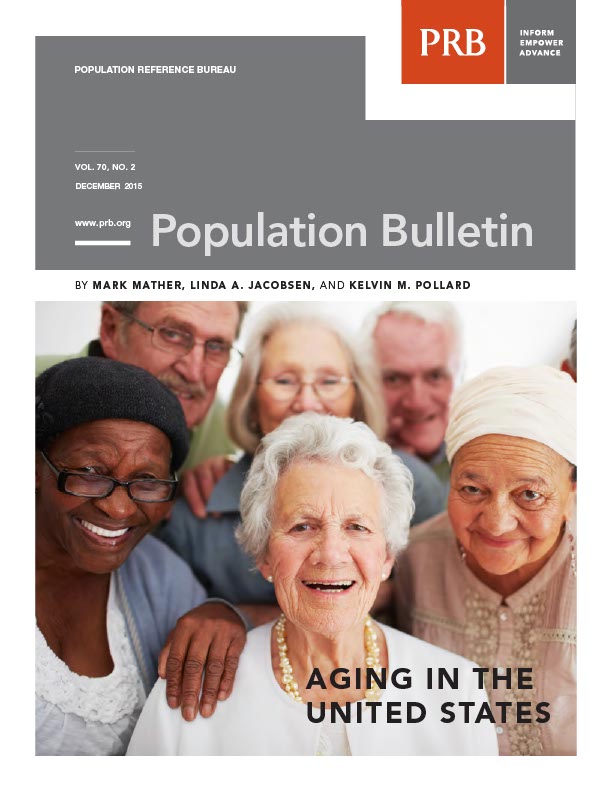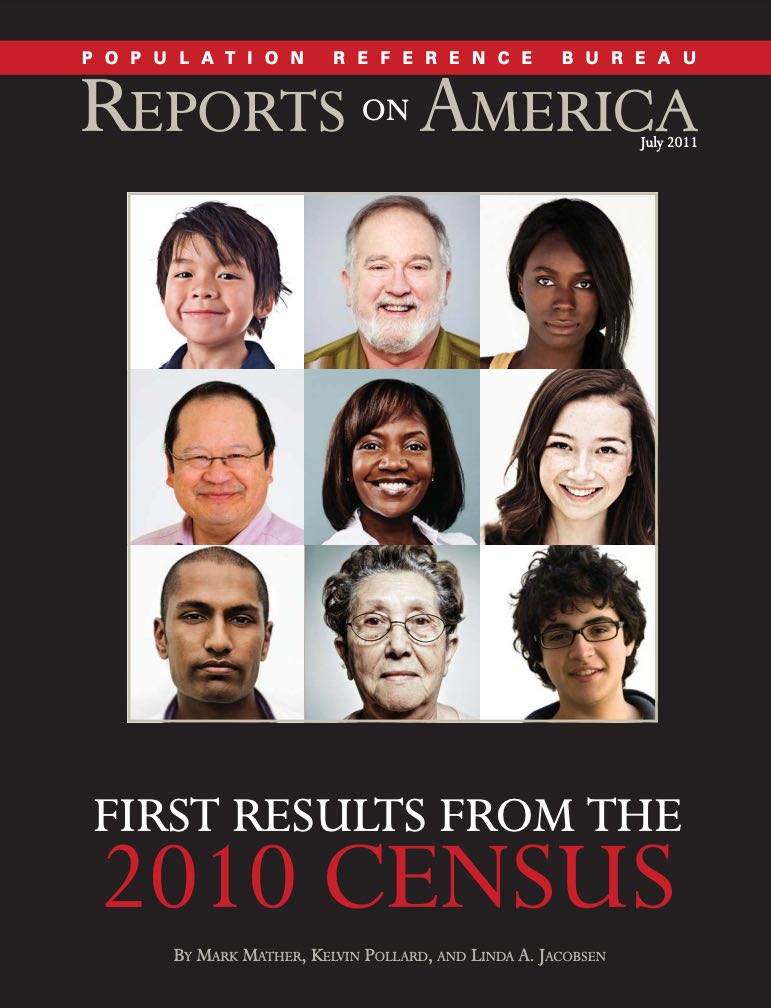Vasectomy an Option for African Men in Family Planning
(2011) "Vasectomy is like putting money in the bank. [It] is a long-term investment, money you [would] have otherwise used to buy expensive birth control methods," says Dr. Charles Ochieng, a medical doctor in Kenya.




